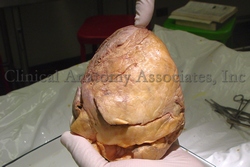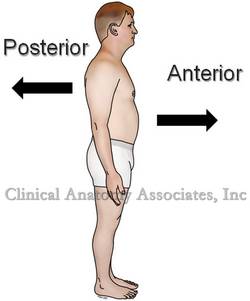|
Charles H. McBurney, MD (1845- 1913). British surgeon and anatomist, Dr. McBurney studied at Harvard University, and received his MD from the Colombia University in New York. At the forefront of the aseptic technique revolution, Dr. MacBurney, following Halsted's example, required the use of surgical gloves and strict aseptic technique in his operating room, considered the "first modern operating room in America"
His studies focused on appendicitis, and demonstrated a point of maximum tenderness at a point "exactly between an inch and a half and two inches from the anterior spinous process of the ileum on a straight line drawn between that process and the umbilicus". This point has become known as the eponymic "McBurney's point". There is a discrepancy between the original description of this point by McBurney and some medical publications. Continuing his research on the surgical approach to the inflamed vermiform appendix, in 1894 Dr. MacBurney presented an approach that used a small incision for appendectomy. This incision is know today as "McBurney's incision."
Sources:
1. "Charles Heber McBurney (1845 – 1913)" Yale,SH and Musana, KA Clin Med Res. 2005 August; 3(3): 187–189.
2. "Charles McBurney (1845–1913)—point, sign, and incision" JAMA 1966;197:1098–1099
3. "The first modern operating room in America" Clemons BJ AORN J. 2000 Jan;71(1):164-8, 170
|
 Original imagecourtesy of National Institutes of Health. Original imagecourtesy of National Institutes of Health. |



 Original image
Original image


